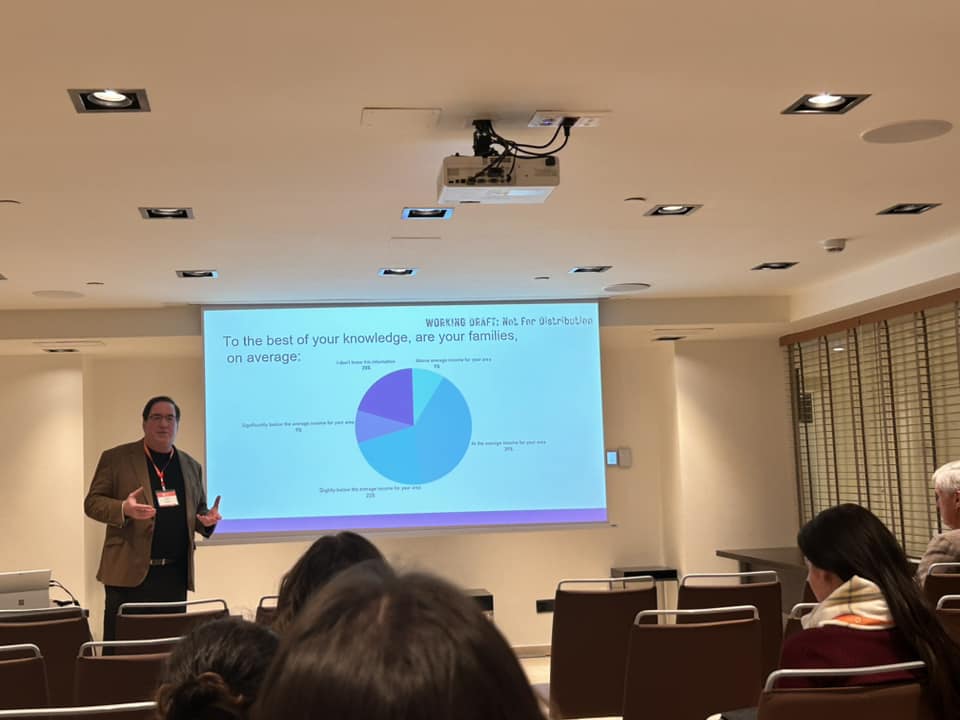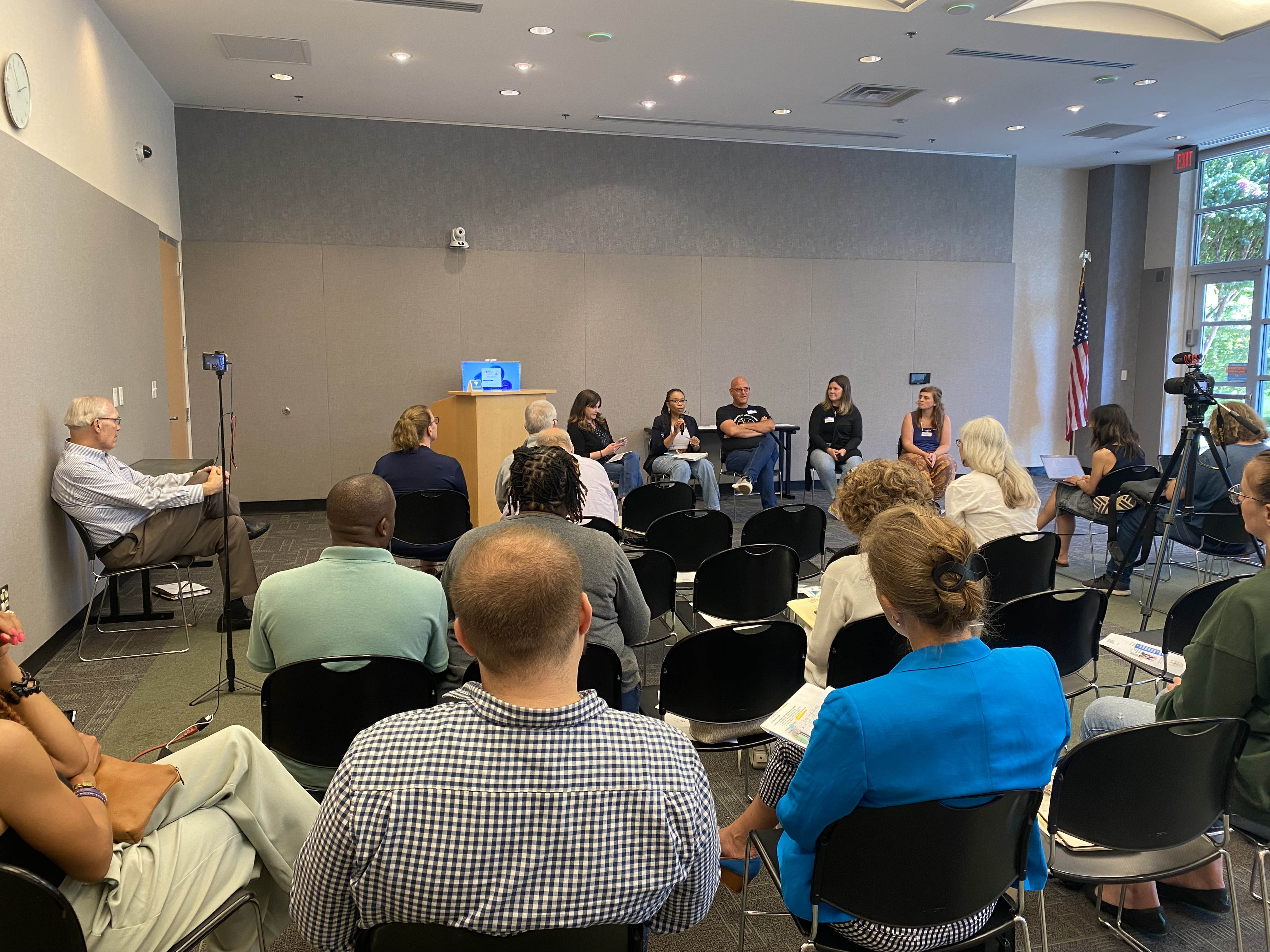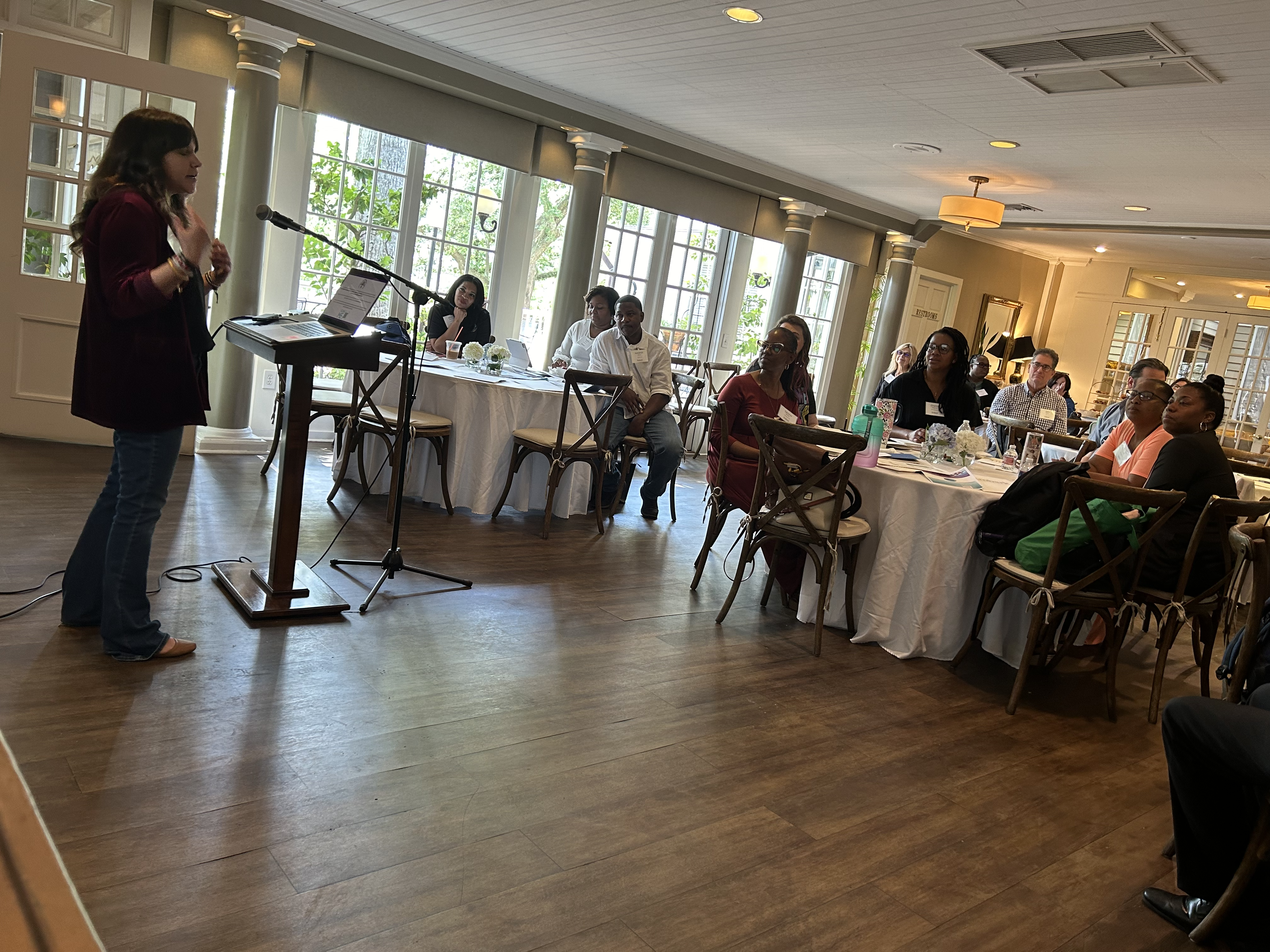Lessons from Closed Microschools
Research by the National Microschooling Center surveyed founders of microschools that closed about the reasons for their closing. Learning from these...
3 min read
 Ashley Soifer
:
Aug 29, 2024 12:21:13 AM
Ashley Soifer
:
Aug 29, 2024 12:21:13 AM

At the Center, we have a different take on sustainability in the microschooling movement and in one word, it’s dynamism. Earlier we discussed sustainability, how the microschooling sector is different, how to avoid unrealistic pressures placed on founders, why microschools close and how to keep your doors open.
Deciding to Close
“Ash, it’s just too much this year. We can’t do it another year.”
I’ve heard that sentiment echoed by other microschool founders. How does a microschool founder know when it’s time to close? Earlier in this series, we looked at why microschools close. For those that choose to close, the reasons are as varied as the founders themselves.
The reasons range from, “I created this microschool for my child and they are done with school this year.” to “lack of funding” to “complications from regulations and landlord” to “I’m so excited to take on a new project” and everything in between.
This is not a decision that founders make lightly. The tears that have been shed over the decision to close are not few. These founders' efforts and hard work should be celebrated and the Center fiercely opposes the idea that microschools closing indicates a failure.
How to Close Responsibly
One consistent factor when microschools close is the current microschool leader’s concern for their families. In every single conversation we have had with microschool founders who are closing their doors, connecting the families with other microschool opportunities near them has been discussed as a priority. The closing leaders know and understand each family. In many cases they make specific suggestions to each family based on what that family needs. It’s not uncommon for closing leaders to tour other microschools with their families to help them find the best fit for their child. Connecting families to existing microschools, or ones near launch, is beneficial and appreciated. They know and trust their current leader and will rely heavily on these recommendations. Maybe a successor can be found, sometimes this can be a current parent or someone a parent knows, to take over the microschool (see below) or launch a new one in its place.
It is important that the closing microschools are transparent with their families, letting them know of their plans in enough time to find a different option for the upcoming school year. Sharing news of your closing can be done in several different ways.
One of those ways is a group meeting. Bringing all of your families together for one meeting has pros and cons. Some of the pros include only having to share the painful information once, all families finding out together at the same time and giving families time to ask questions can allow the families to learn from each other. Some of the cons can include, this news can be upsetting at first and the founder will have to take the brunt of that at once, it can be difficult to talk about individual situations and recommendations in a group setting.
Scheduling individual meetings with each family is usually the preferred method to handle these discussions. We recommend sending an email with the news and a signup for individual time slots. It can be difficult if you tell families individually without notifying them as a whole first, this leads to some parents spilling the news to others before you can talk with them all. There are pros and cons to this approach as well. Some of the pros include being able to offer individual recommendations, talk about each families needs (including what records they will need to take with them to their new educational environment), and the personal conversations that so many families love about microschooling. Some of the cons include having to have the same difficult conversation multiple times, and as mentioned above, needing to notify the families first via email can feel impersonal.
Handing Over Your Microschool
Another option when closing a microschool is allowing someone to take over. Like all things with microschooling, this can also look different for each microschool. Sometimes this means selling your microschool, other times it means transferring everything over to another person or organization, sometimes the original founder stays on as a consultant to get through the first year for the leader. Think about what this can look like, what you are comfortable with and what the most desirable end outcome is for you.
Keep in mind, this might involve contract and intellectual property law. Let us know if you have questions.
What’s Next for These Founders?
For founders that we have talked to that have closed their doors at the end of the 2023-2024 school year, their futures look bright! We asked many of them what their plans were, take a look at what they said, “I plan on working with nonprofits to educate others on what microschools are,” “I’m handing my current microschool off to another leader and opening a new microschool with a different focus,” “I’m moving to a new state where I plan to open another microschool” and “Retirement!”
At the Center, we work with not just prelaunch and currently operating microschools, we are here for those that decide it’s time to close their doors. We have resources and supports available to close successfully.
These founders leave a lasting legacy in the microschool movement. Their impact will continue to be felt far and wide. A clear sign that the movement is alive and well even when microschools close is that these founders support and inspire others, specifically prelaunch founders.
Microschools are just different. Sustainability is another way they are.
.png)
Research by the National Microschooling Center surveyed founders of microschools that closed about the reasons for their closing. Learning from these...

At the Center, we have a different take on sustainability in the microschooling movement and in one word, it’s dynamism. Earlier we discussed ...

At the Center, we have a different take on sustainability in the microschooling movement and in one word, it’s dynamism. Earlier we discussed ...